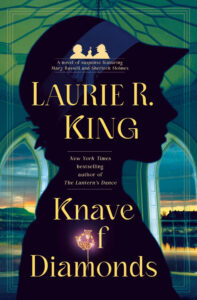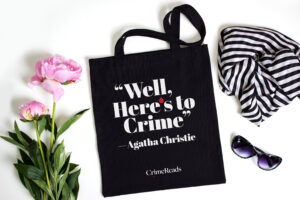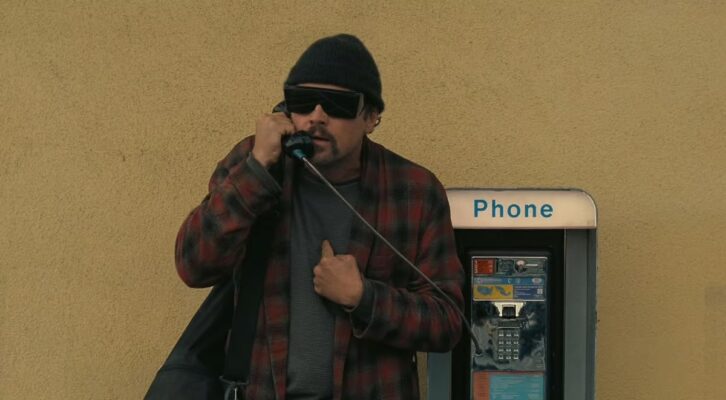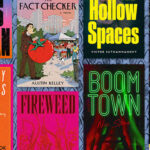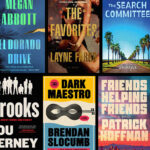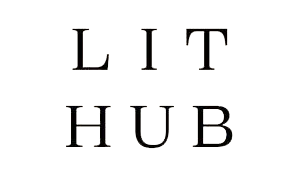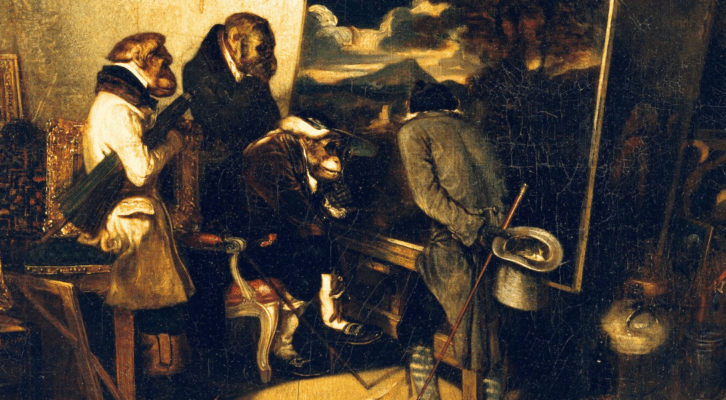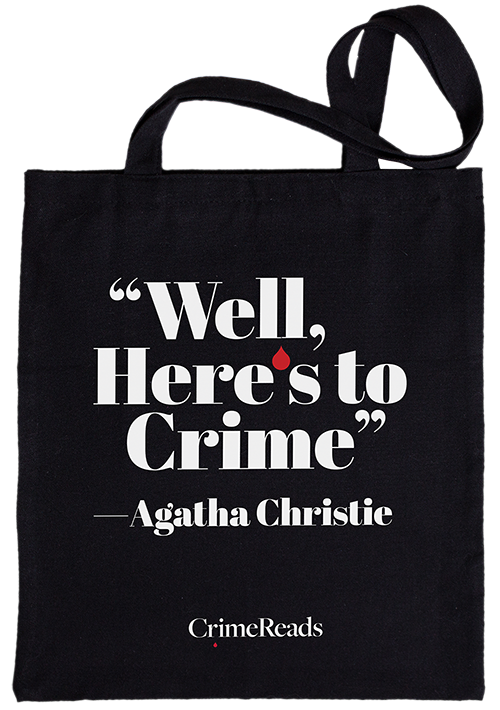One of the great pleasures in historical fiction—as a reader, but also as a writer—is learning stuff. Setting aside the minor quibble that we writers lie for a living, the rules of the game are clear: one, that research matters, and two, that if I change a fact—date, place, attitude, invention—I need to admit it in the Afterword.
I write a series, currently in 1925, in which a young woman named Mary Russell befriends, apprentices to, and finally becomes the partner and wife of Sherlock Holmes (yes, really.) They meet on the Sussex Downs, but even in the first book, I began to move them around the globe—Wales, London, Palestine—not only because the Downs had a population smaller than Cabot Cove or St Mary Mead, but also because, in the best Forrest Gumpian tradition, it would let my intrepid duo encounter a long series of interesting true-life characters.
It also lets me, a recovering academic, indulge my lifelong taste for weird research.
Sometimes I set books in places I know next to nothing about before I stumble across them. For example, some years ago family matters took me to Lisbon for a few weeks, and I thought, Well, I can’t do nothing while I’m here, I wonder if Lisbon would be a good place for a book? At the time, I’d never heard of the poet Fernando Pessoa, and both my life and the resulting novel were the richer for discovering this extraordinary madman. Then some years later, a Danube River cruise with friends included a tourist outing that found me coming literally face to face with an English noblewoman named Marie (well, with her photograph), and I realized that she would have been Romania’s queen at the same time my characters were wandering through Europe. So, maybe…
Other times, my setting is more deliberate, but it still requires a look into what was happening there at the time, and who was doing it. Thus: they’re traveling from Asia back to England in 1924, and could easily pass through San Francisco. Doesn’t Dashiell Hammett live there? Wouldn’t it be interesting if that Pinkerton agent-turned-writer met Sherlock Holmes—and if they put their forces together? Another planned setting was Jerusalem—where yes, the political and military authorities would need to be central, but what about some of the simpler individuals who lived there? Digging around, I discovered that a surprising number of them had published diaries. With just a little cheating, I even managed to sneak Lawrence of Arabia away from the Paris Peace Talks for a visit.
Of course, some places come with famous names firmly pre-attached. A person would not expect to go to Venice in the summer of 1925 without coming across Cole Porter, or to the South of France without a sighting of Pablo Picasso, or to Japan without meeting Prince Regent Hirohito in a hot-springs bath. (All reasonable expectations in a novel, surely.)
But more than the great and the celebrated, the true-life characters I truly adore—and adore introducing to modern readers—are the people who are relatively, if not completely, unknown to the modern reader of mystery tales, particularly Americans. Who, for example, remembers the Reverend Sabine Baring-Gould for anything but a few thumping tunes in the Sunday hymnal? General Hubert Lyautey of Morocco may get passing mention in a history book, but what about the two Karim brothers who led a rebellion against him? I even, in the best tradition of treating fictional personages as real (Sherlock Holmes lives!), loop in Kipling’s character Kim O’Meara when my characters are in India, and find a certain monocled aristocratic detective at the piano in an English country house.
It was in this vein that I began to rummage around for interesting links for the current book (Knave of Diamonds). It started with the urge to revisit one of my own fictional characters, a ne’er-do-well uncle that Russell mentioned in a long-ago short story. Uncle Jake is a rogue and a con-man—a Knave, one might say—so I needed something criminal to explain his presence. After all, Russell has long assumed that he was dead, and why else would he have avoided her for so many years? That thought led me to a survey of famous early 20th century crimes, and—
There it was, shining out at me like, well, a diamond brooch: the 1907 theft of the Irish Crown Jewels.
Russell herself would have been too young, but Jake wasn’t. Nor was Sherlock Holmes himself. And—oh, a writer’s joy, unconfined: the theft was never solved.
Still, I began my research with trepidation, convinced that the cold facts would soon take me to a fictional dead end. That some well-documented truth would throw into a tangle my attempt to weave reality into my nice tidy story, presenting me with some date or event that would require a glaring confession in the afterward Notes. But the more I read, the better it was, leaving me scribbling ideas and layering Post Its on the white-board with glee.
An embarrassment of riches, there for the plucking—it even had a timeline that fit neatly into the existing series.
And the cast of characters I found! People like Sir Arthur Vicars, the genealogist responsible for bestowing Irish titles, a pompous semi-outsider who ran the Office of Arms as his personal fiefdom and considered himself far too important to bother with the parts of his job that required paying a little attention to the security of the Irish treasures in his care.
Then came Vicars’ particular friend and occasional housemate Francis Shackleton, brother of the explorer whose upcoming Antarctic expedition was the talk of the United Kingdom. Frank Shackleton was a handsome young man-about-Town who shared a house in Dublin with Vicars during the few weeks each year when Irish obligations required his presence. The rest of the time he spent in London and Europe, living markedly above his means—a state that was explained when he first ducked out of a truly massive debt by declaring bankruptcy, then a few years later was arrested and imprisoned for fraud. Vicars swore Shackleton and another, rather more thuggish friend, had been responsible for the theft. However, everyone familiar with the situation soon realized that if Shackleton testified, he would merrily kick wide open the door to scandal. The King, the Viceregal Commission, and the Police Commissioner all agreed that headlines like that might be worse than a failure to recover the Jewels.
And then there was Vicars’ half-brother, a character so eccentric, even a writer accustomed to treating Sherlock Holmes as true-to-life might hesitate to make this man up. He calls himself The O’Mahony, and spends his life building gardens, raising wolfhounds, fighting court cases on behalf of his brother, supporting Nationalist causes, and being escorted around his estate by a bagpiper. Oh, and he puts the fortune he has finagled out of Czarist Russia into an orphanage for Bulgarian orphans.
Such delights. And those aren’t the only shiny threads I came across in the course of my research: psychics flocked in, “seeing” the jewels all over the Kingdom. Arthur Conan Doyle (flushed with victory from his campaign to free George Edalji) came forward with a solemn offer to assist Scotland Yard. Another of Vicars’ friends, the mayor of Canterbury, turned out to be a kleptomaniac who’d helped himself to treasures from his city’s museum. There was even a rumor that the banker J. P. Morgan (this was before he was suspected of commissioning another theft, that of the Mona Lisa) added an oversized gas tank to his car so he could drive the Jewels to Amsterdam without being forced to stop.
I had to leave out stacks of shiny baubles like these, of course—although I couldn’t resist a glimpse of Josephine Baker, freshly arrived in France, at the wedding party that opens the story, teaching the guests a new dance craze she’s brought from America.
So many treasures, just waiting to be woven into a tapestry with my detective Mary Russell, her husband-partner Sherlock Holmes, and her black-sheep uncle Jake who brings it all together.
Yes, historical fiction is a joy.
Especially when you barely have to make anything up.
